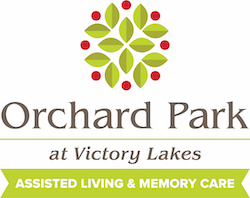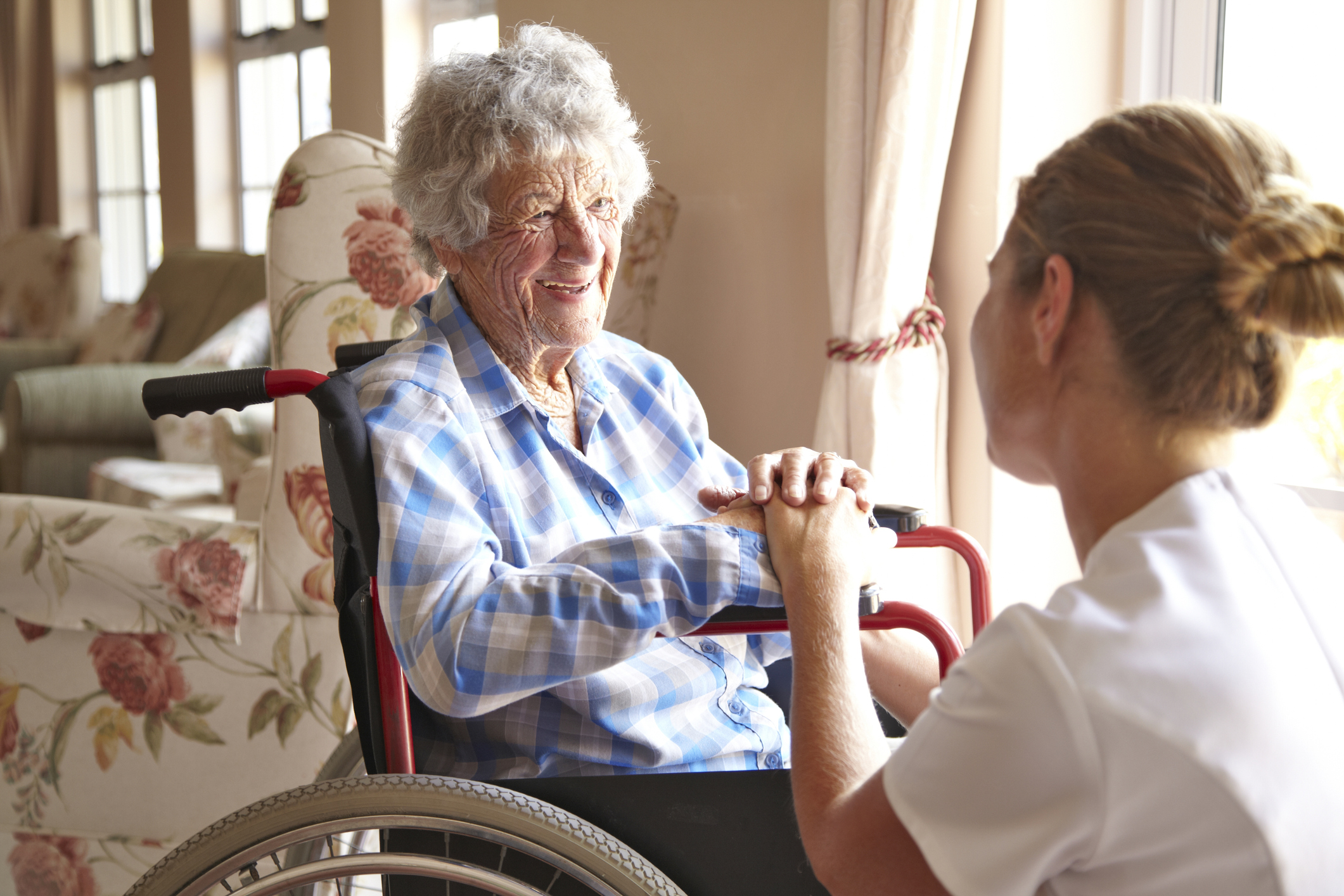U.S. Census Bureau statistics show that approximately four million Americans reach their 65th birthday each year. Many of these seniors are still active, enjoy full lives, and plan to remain in their homes for life. But, as they age, many need some help, and millions live alone, so they opt for in-home care or move to assisted living communities.
Thousands of Texas senior citizens choose the security and socialization built into assisted living communities. Others age in place by altering their homes to suit changing needs and arranging for in-home care. Both alternatives have their benefits, there is no best option for everyone, and each person or family must evaluate their options carefully to find the best solution.
What to Expect from Assisted Living
After many years, leaving a family home can be difficult for some seniors, while others welcome the chance to improve their quality of life. Elderly citizens who choose assisted living in League City, TX, have an opportunity to make new friends and enjoy a full social life. Communities include social directors who plan various activities that appeal to various tastes.
Once seniors move into communities, families who might have become caregivers can once again enjoy relationships with older relatives. Assisted living communities don’t generally offer full-time long-term care but are ideal for those who want to maintain an independent lifestyle and still get some help. According to The National Institute on Aging, assisted living communities can have from 25 residents to more than 120. Most offer various levels of care.
Residents live in private or semi-private apartments with safety features like grab bars and 24-hour call buttons. Housekeeping and laundry services are typically included. Common areas are user-friendly and have accessibility features like wheelchair ramps. Amenities also include meals served in a dining room, where residents can mingle and enjoy friends.
Seniors may arrange to get help with personal tasks like dressing, bathing, and grooming. Every community member has 24-7 access to help.
What In-Home Care Involves
Per Pew Research, older Americans rarely live with their extended family the way seniors in other parts of the world do. Most Americans who are over 60 live alone or with a spouse. While that suits independent-minded seniors very well, even the healthiest may eventually need some help to remain in their homes. It is common for the elderly to need assistance with everyday needs like running errands, medication reminders, or even personal care.
In-home care provides a bridge that allows the elderly to remain in familiar, beloved surroundings but stay safe. Staying in their homes enables seniors to set their schedules, see friends and family when they want, and continue to enjoy favorite pastimes such as gardening. Families or seniors may arrange for custom care that provides as much or as little help as needed.
Caregivers can help with bathing, dressing, toileting, and household chores like cooking, cleaning and running errands. Some families use an agency that sends a caregiver to their elderly relative’s home for a specified number of hours each day or a few times a week, depending on a senior’s requirements.
Choosing Between In-Home Care and Assisted Living
It’s essential to carefully compare assisted living with in-home care, since each has the goal of providing the best quality of life. The best option ensures everyone is happy and healthy and still fits the budget.
There are cases where even the most independent senior cannot safely remain at home. For example, assisted living communities are often best for those who need memory care. In-home care can be arranged, but it may get expensive.
Quality of life is critical, too. Many seniors are healthier and recuperate faster from illness when they remain at home. Alzheimer’s and dementia patients make half as many visits to the doctor when they live in their homes.
Safety is a vital consideration. Even homes that have been remodeled to accommodate seniors’ needs may not be enough to keep them safe. In contrast, senior communities are designed with residents’ needs in mind. They provide 24-7 emergency help, accessible housing, and round-the-clock personal services.
Both in-home care and assisted living communities can be excellent choices for seniors. But, there is no one best choice for everyone, and what works in one stage of life may need to be changed later. It is essential to compare each option’s features and benefits to find the best solution. Factors like cost, quality of life, safety, and level of required care should all factor into the final choice.






